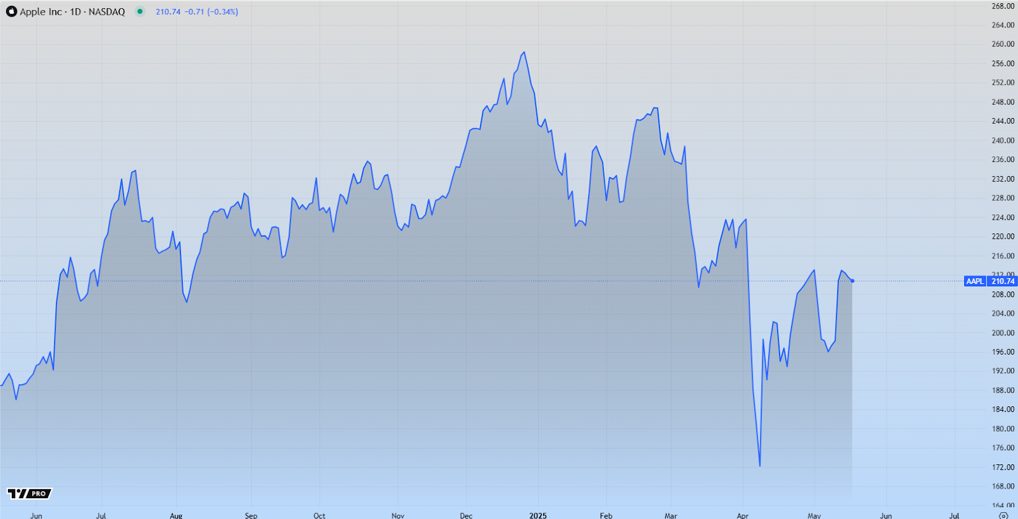If you are a developer, chances are that you have heard of Electron development. But what is Electron, exactly? How does it work, and what are its advantages? In this article, we will explore everything you need to know about Electron development, from its features and benefits to its peculiarities and development steps.
So, let’s get started!

What is Electron?
With the help of the open-source Electron framework, programmers are able to create desktop applications that work on various platforms. The power of web technologies like HTML, CSS, and JavaScript is harnessed by this technology. It was originally developed by GitHub, and in recent years, its popularity has greatly increased.
Utilizing Electron has a number of advantages, one of which is that it enables developers to design programs that work flawlessly on a variety of platforms, including Windows, macOS, and Linux. Developers no longer have to write unique scripts for each platform thanks to this functionality, which saves them a lot of time and effort, especially when deadlines are short.
Advantages of Electron Development
- Beyond having the flexibility to run on various platforms, Electron development offers a number of extra perks, including:
- Familiar Development Environment: Because of its reliance on web technologies, Electron enables developers with a background in web development to start creating desktop applications without having to pick up new tools or programming languages.
- Easy Debugging: Because Electron apps run in a browser-like environment, programmers can easily debug and test their code using well-known web development tools.
- Access to Native APIs: Numerous native APIs that are available on the platform allow for the efficient communication of applications with the user’s hardware and operating system.
- Offline Capabilities: These applications can work offline, which means that users can continue to use them even when they are not connected to the internet. This is particularly useful for applications that need to be used in areas with limited internet connectivity.
- Real-Time Updates: Electron allows developers to deliver real-time updates to their applications, which means that they can push out bug fixes and new features quickly and easily.
Features of the Application
Electron applications have several features that make them stand out, for example:
- Customizable User Interface: It is possible to personalize the user interface of Electron applications, resulting in a unique look and feel that very much resembles that of a native desktop app.
- Offline Capabilities: Electron applications can work offline, which means that users can continue to use them even when they don’t have an internet connection.
- Real-time Updates: Electron applications can receive real-time updates, which means that users can get the latest features and bug fixes without having to download a new version of the application.
When to Choose Electron to Develop Your Application?
Now that we’ve looked at the advantages and features of Electron, you might be wondering when it’s the right time to choose it for your application. Here are some scenarios where Electron might be a good choice:
- Cross-Platform Compatibility: Making the choice to use Electron can prove to be a wise one if you want your application to run smoothly across several platforms without the need to write unique code for each one.
- Web-based Application: If your program is currently web-based, using Electron can make the process of converting it into a desktop application much easier and less time-consuming.
- Hardware Interaction: By giving you access to a wide range of native APIs, Electron offers a solution when your application requires a connection with the user’s hardware or operating system.
Peculiarities of Electron Development
Taking into account that this type of development offers many benefits, there are also some peculiarities and nuances that developers need to be aware of before starting a project. Here are a few things to keep in mind:
- Resource Consumption: The applications can consume more system resources than traditional desktop applications, which means that they might not be suitable for low-end devices.
- Security: Since Electron applications run in a browser-like environment, they might be vulnerable to web-based attacks. The safety of their applications must be guaranteed, so developers must take additional precautions.
- File System Access: The applications have access to the user’s file system, which means that developers need to be careful not to accidentally delete or modify important files.
Successful Examples of Electron Applications
Numerous businesses have successfully used Electron to build their desktop applications despite the aforementioned complexities. Here are a few examples:
- Slack: A well-known team communication application called Slack was created with the help of Electron. This software provides file sharing, real-time communication, and integration with numerous additional platforms.
- Atom: It’s a flexible text editor, which is another example of a program created with Electron. Developers can create code in a variety of programming languages thanks to Atom’s extensive customizability.
- Visual Studio Code: Electron was used to construct Visual Studio Code, a code editor with a wide range of features like debugging, Git integration, and IntelliSense. It also provides a significant degree of customization options open to developers.
Development Steps

If you are interested in developing an Electron application, here are the steps you need to follow:
- Install Node.js: Electron is built on top of Node.js, so it needs to be installed first.
- Install Electron: The command npm install electron can be used to install Electron after Node.js has been set up.
- Set up the Project: The project can be built up using a variety of tools, including Visual Studio Code, Atom, or any other text editor of choice.
- Create the User Interface: You can create the user interface using HTML, CSS, and JavaScript, just like you would for a web application.
- Add Functionality: JavaScript can be combined with a variety of native APIs offered by Electron to expand the features of your application.
- Test and Debug: Using well-known web development instruments, it is simple to test and debug your app’s functionality.
- Package and Distribute: Once your application is ready, you can package it into an installer or an executable file and distribute it to your users.
Conclusion
Developers can benefit from the many advantages that Electron programming provides by building cross-platform desktop applications utilizing web technologies. Developers no longer need to write unique code for each platform in order to create programs that run flawlessly on Windows, macOS, and Linux thanks to Electron. Additionally, these apps allow real-time upgrades, have offline functionality, and are highly customizable. While there are a few quirks that programmers should be aware of, several businesses have adopted Electron to create popular desktop programs like Slack, Atom, and Visual Studio Code. Follow the instructions in this tutorial to start using Electron programming and create your own cross-platform desktop application right now.







